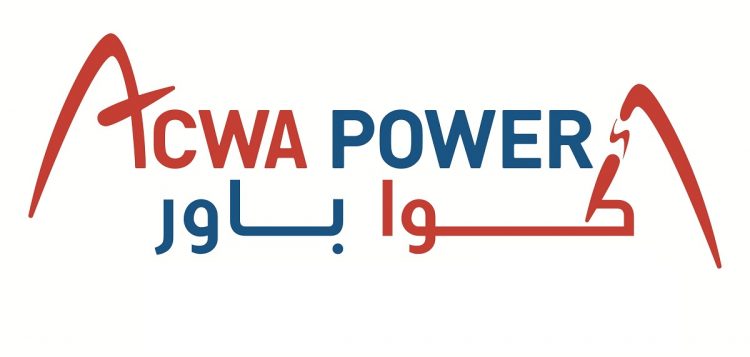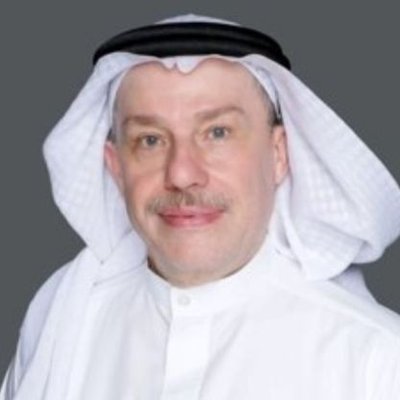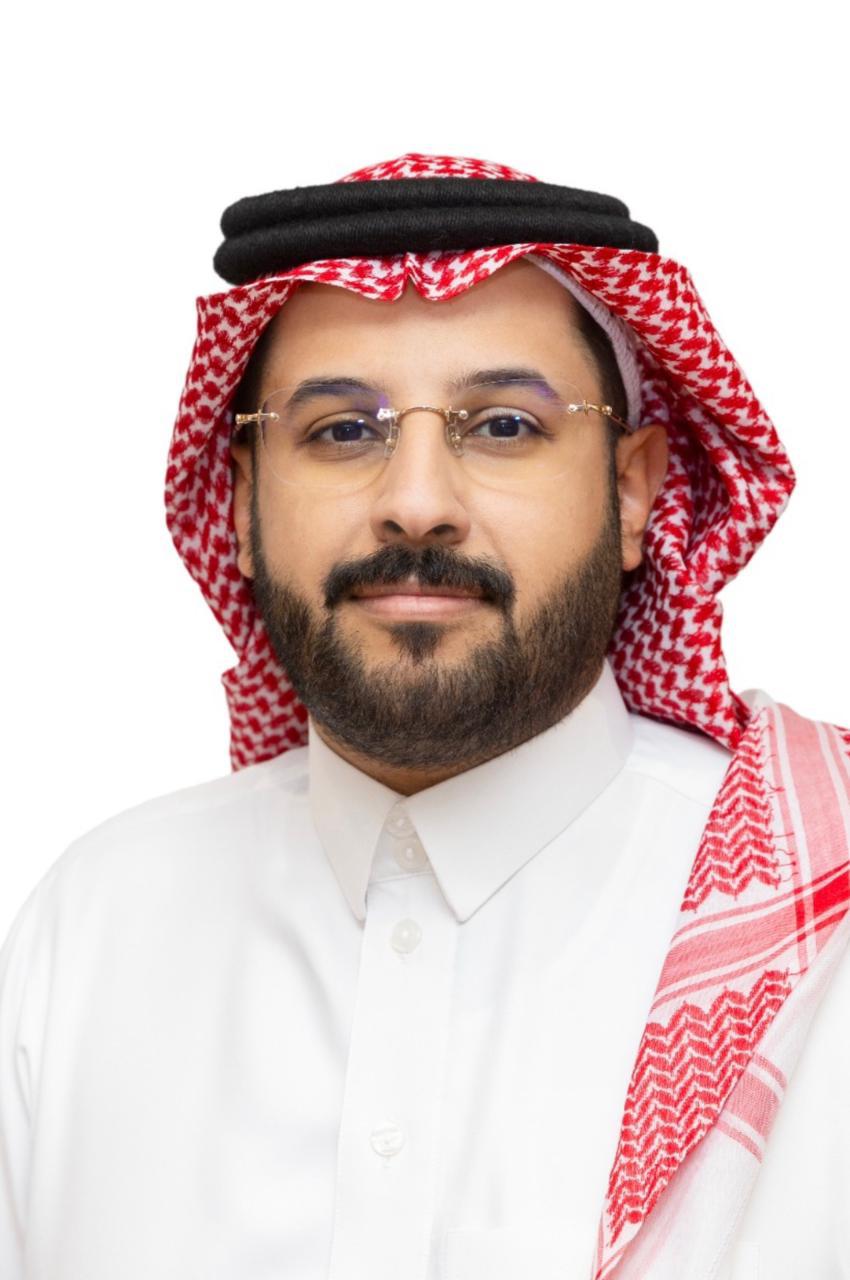Publisher: Maaal International Media Company
License: 465734
ACWA to develop $30 billion of renewable projects by 2030 with Aramco, PIF
ACWA Power, the water and electricity company in which Saudi Arabia’s sovereign wealth fund has a 44% stake, expects to take part in about $30 billion worth of renewable projects with partners Saudi Aramco and the fund, the company’s CEO, Paddy Padmanathan told S&P Global Platts.
ACWA, Aramco and the Public Investment Fund have already partnered in their first project under the framework of a government plan to develop 70% of Saudi target of 58.7 GW by 2030.
The Saudi Aramco Power Co., a unit of the parent company, has joined ACWA and the Water & Electricity Holding Co., or Badeel, owned by the PIF, by acquiring a 30% stake in the special purpose vehicle Sudair One Renewable Energy Co., ACWA Power said in an Aug. 15 statement.
اقرأ المزيد
ACWA Power and PIF will each hold a 35% stake in the 1.5 GW power plant. This is Aramco’s first investment in a renewable project.
“I would expect the projects to be in the order of about $30 billion over the next 10 years,” Padmanathan said in an interview.
“That big portfolio will be done as project by project, the first of those projects is the Sudair project. We will subsequently do exactly within the framework of that agreement the next project, the next project and the next project exactly the same way.”
Saudi Arabia, which has revised its renewable target several times, wants to push ahead with more solar and wind projects to reduce crude burn in power generation and free up the oil for export.
It wants to develop 70% of the targeted renewable energy though the PIF, Aramco and ACWA Power partnership and the remaining 30% through competitive tenders launched by the ministry of energy.
“We have a visible pipeline ahead of us, [and] part of that visibility is projects like this (with Aramco and PIF),” the CEO said.
“Part of the visible [projects] is the 30% program. We will be tendering for those. We have traditionally won 2 out of 3 tenders.”
ACWA Power is hunting for more green hydrogen and ammonia projects of similar size in the Gulf region and North Africa and expects to finalize one by the end of 2021, Padmanathan said.
“I very much like to think we can do something before the end of November,” he said. “These are big projects. It would be nice if we can make advances on one more and if possible, another two more.”
“We want to maintain a balanced portfolio across the markets we operate in,” said Padmanathan.
“We are very happy to have at least 50% in Saudi. Demand is there, the need is there and affordability is there. By 2030, I suspect Saudi renewables will be more than international simply because Saudi has a massive program.” he concluded.









